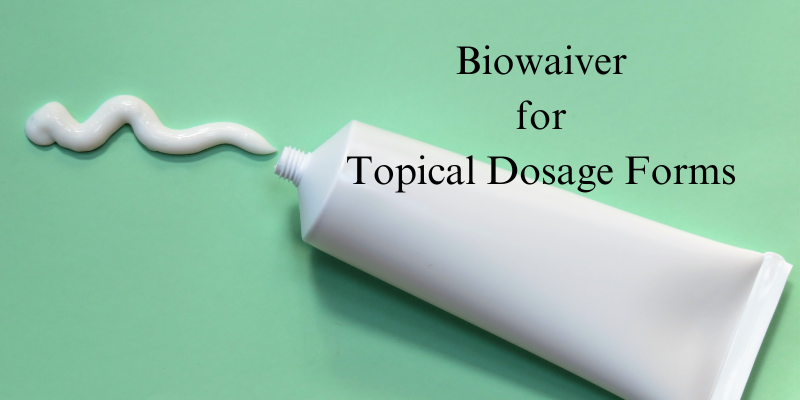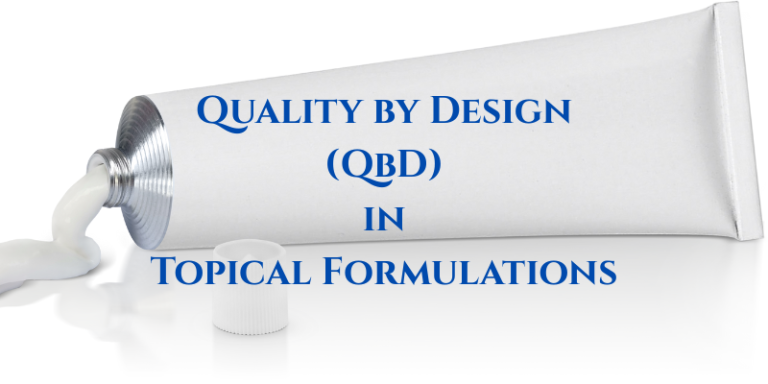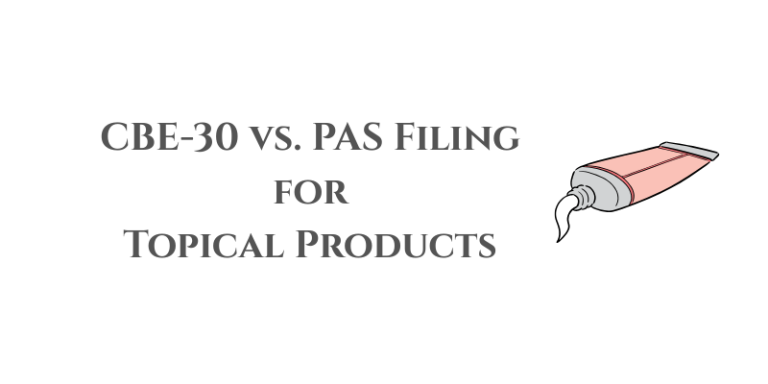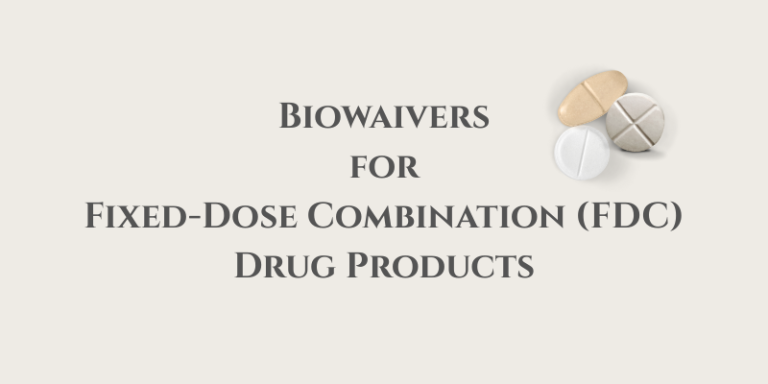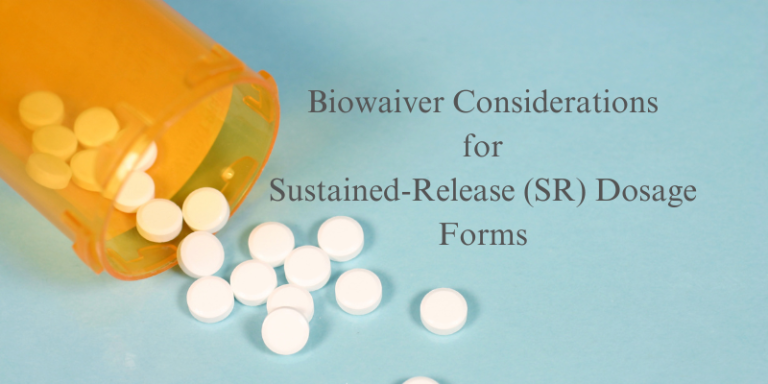Biowaiver for Topical Dosage Forms
A Biowaiver for a topical dosage form refers to regulatory approval for marketing a generic topical product without conducting in vivo bioequivalence (BE) studies. Instead, equivalence is demonstrated using in vitro methods and other scientific justifications.
Key Considerations for Biowaiver of Topical Dosage Forms
Regulatory agencies such as USFDA, EMA, and WHO provide guidelines for granting biowaivers based on Q3 equivalence, which assesses the critical attributes of the topical product.
Q3 Equivalence: Critical Parameters
To obtain a biowaiver for a topical formulation, a generic product must demonstrate Q3 equivalence in three main aspects:
- Q1 (Qualitative Sameness): The generic product must contain the same active pharmaceutical ingredient (API) and excipients as the reference listed drug (RLD).
- Q2 (Quantitative Sameness): The concentration of API and excipients must be within an acceptable range of the RLD.
- Q3 (Physicochemical & Structural Sameness): The microstructure and physical properties of the formulation must match those of the RLD.
In Vitro Tests for Biowaiver
If Q1, Q2, and Q3 equivalence are established, in vitro methods can be used to justify a biowaiver:
- In Vitro Release Testing (IVRT): Measures the rate of drug release from the formulation (diffusion through a synthetic membrane).
- In Vitro Permeation Testing (IVPT): Measures the drug’s permeation through human or synthetic skin.
- Viscosity & Rheological Studies: Ensures similarity in formulation consistency.
- pH, Particle Size & Spreadability: Confirms formulation uniformity and application properties.
When Is a Biowaiver Possible?
A biowaiver is generally accepted when:
- The API is the same in both generic and RLD.
- The excipients do not alter drug absorption.
- The Q1, Q2, and Q3 equivalence criteria are met.
- IVRT and IVPT results demonstrate similar drug release and permeation.
Regulatory Guidelines
- USFDA: Provides guidance under “Bioavailability & Bioequivalence for Non-Orally Administered Drugs.”
- EMA: Requires demonstration of equivalence through Q3 and in vitro performance.
- WHO: Accepts IVRT and IVPT studies for a biowaiver.
Conclusion
A biowaiver for topical formulations is feasible if the generic product exhibits Q1, Q2, and Q3 sameness along with satisfactory IVRT and IVPT results. Regulatory agencies encourage these studies to reduce the need for human trials while ensuring product efficacy and safety.
Read also:
Resource Person: Moinuddin syed. Ph.D, PMP®

